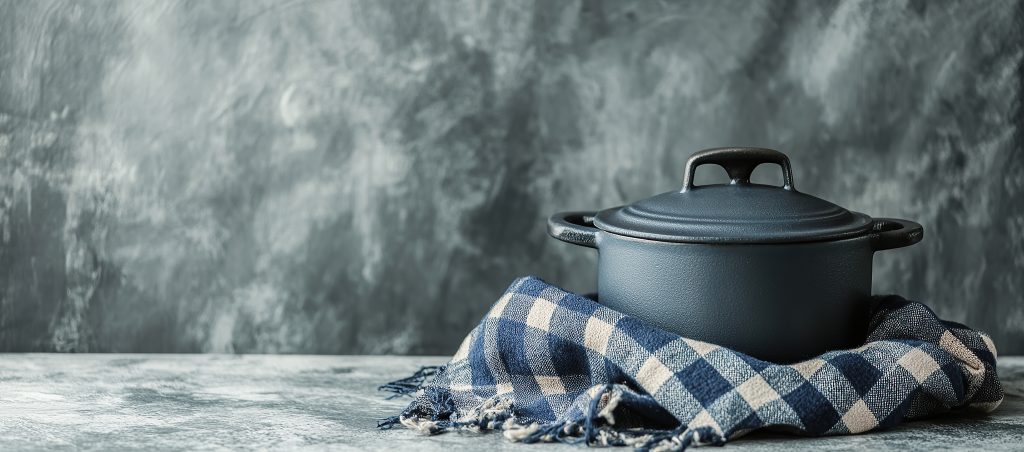
Alright, let’s get straight to it – this isn’t just some dusty old pot your grandma dragged out for Sunday stew. A Dutch oven is one of those rare pieces of kitchen equipment that actually lives up to the hype. Heavy? Sure. A bit of an investment? Maybe. But in terms of what it brings to your kitchen, it’s completely worth it.
Once you start cooking with one, you’ll seriously question how you ever got by without it.
So, What Is It?
It’s a thick-walled pot, usually made of cast iron. Sometimes bare, sometimes coated in enamel so you don’t have to worry about seasoning it like a medieval blacksmith.
The thing holds onto heat like it’s storing secrets. It heats slow, cooks steady, and finishes strong. You can toss it on the stove or slide it into the oven – whatever the recipe demands. It’s a multitasker without the flash.
You’ll usually run into two types:
- Raw cast iron – Needs oil and care, but it’ll last longer than you.
- Enameled cast iron – Easier to clean, doesn’t rust, prettier on the table.
What’s It Actually Used For?
People always ask what a Dutch oven is used for – and that’s like asking what shoes are for. Sure, there are a few obvious answers, but once you start using it, the list grows fast.
You can:
- Braise meat until it falls apart with a spoon.
- Simmer soups and stews for hours without scorching.
- Bake crusty bread that sounds hollow when you tap it.
- Fry like a pro because it keeps oil at the right temp.
- Roast a whole chicken and get crispy skin and juicy meat.
One pot. One lid. Infinite possibilities.
What Do I Use It For All the Time?
This is where the Dutch oven really shows off. It’s not just for Sunday dinner or some Pinterest-worthy loaf of sourdough. I use mine almost every day without even thinking about it.
Here’s how it slips into the everyday grind:
- Big-batch cooking – Soup, chili, curry, whatever I can eat for three days straight.
- One-pot meals – Pasta, rice, stews – meals that don’t destroy the entire kitchen.
- Low-maintenance sauces – No babysitting needed. It just simmers and stays friendly.
Some nights it does all the cooking. Other times, it just keeps things warm while I wrangle the rest of dinner. Either way, it’s always useful.
Why’s Everyone Obsessed With These Things?
You hear people go on and on about them – and honestly, they’re not wrong. There’s a reason chefs, home cooks, and even those weird prepper types hoard them.
Here’s the real appeal:
- Heat’s even – No hot spots. No burned bits. No guesswork.
- Durability’s ridiculous – It’ll outlast your patience, your pans, and maybe even your mortgage.
- Holds heat forever – Soup stays hot long after the stove’s off.
And if you’ve got an enameled one? Cleaning’s a breeze. No rust. No scraping. No regrets.
Is It Just for Serious Cooks?
Nope. This is the best part. Dutch ovens don’t care if you’ve been cooking for 20 years or just figured out how to boil water last Tuesday.
- If you’re new, it forgives your mistakes.
- If you’re busy, it cuts down on cleanup.
- If you’re a food snob (like me), it delivers on flavor and texture without fail.
It’s not a fancy gadget. It’s not trendy. It just works – every single time.
Final Thoughts
People always ask what do you use a Dutch oven for – and honestly, it’s easier to ask what I don’t use it for. It’s the most low-maintenance, high-performing, no-nonsense piece of cookware you can own.
You’ll make better food. You’ll clean up less. You’ll probably start recommending it to everyone who steps foot in your kitchen.
So yeah – if you’re even a little serious about cooking, or just tired of burning rice in cheap pans, get one.
You’ll thank yourself later.